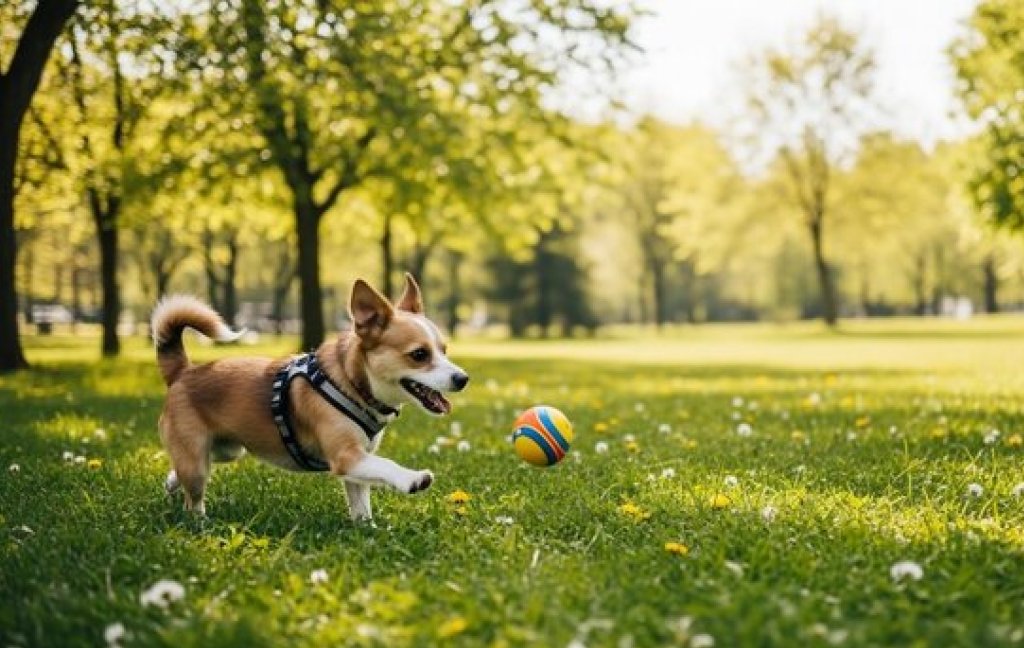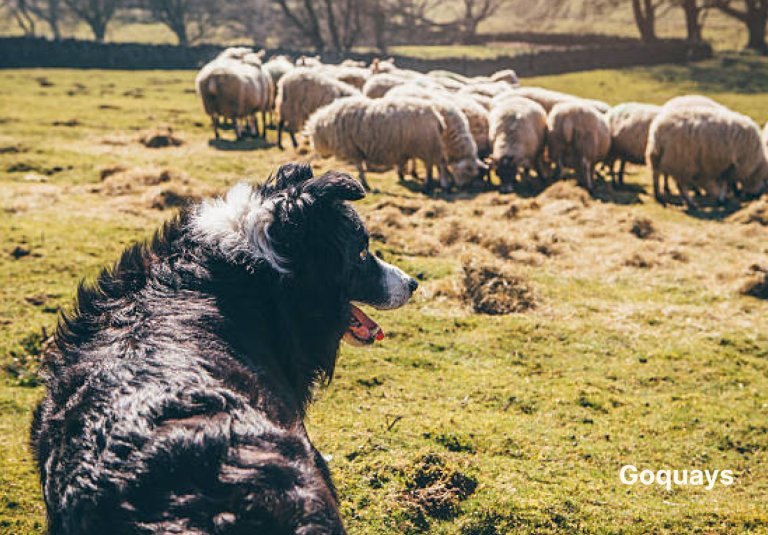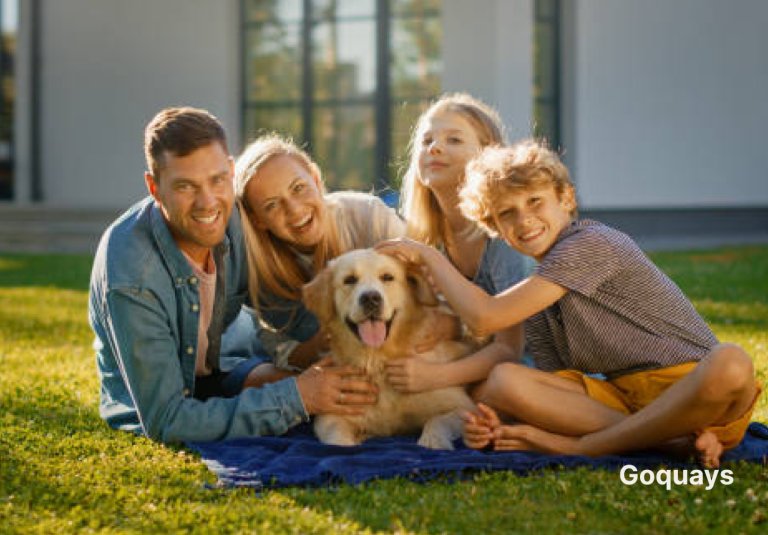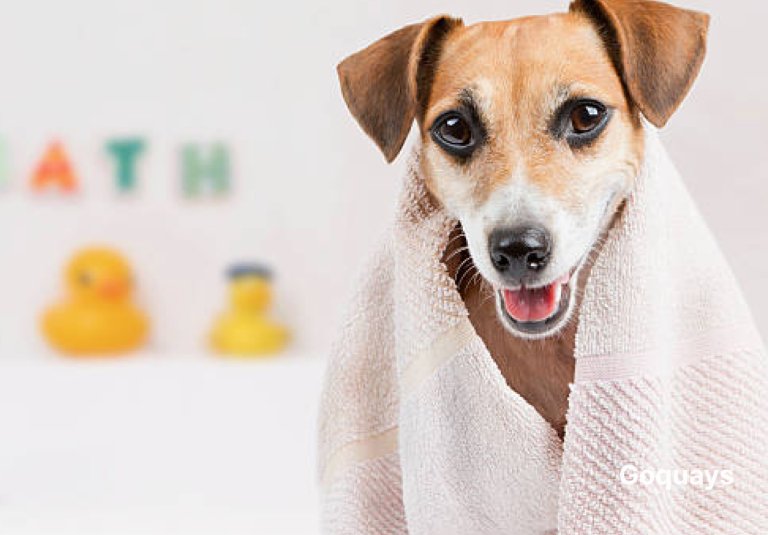As a pet parent, watching your dog zooming around the park, its tail wagging, makes your heart full. But sometimes, those extra treats we sneak them can add up, and before you know it, your furry friend is a bit heavier than they should be. Dog obesity is super common, and it’s easy to miss until it starts dimming their spark.
The RSPCA and American Veterinary Medical Association (AVMA) warn that more dogs are facing health issues from excess weight, and we don’t want that for our best pals. We love our dogs, and we want them to live long, joyful lives. This guide breaks down what dog obesity is, why it happens, how to spot it, and how to help your dog get back to their playful self with vet-approved tips.
What is Dog Obesity?

Those pleading puppy-dog eyes make it hard to say no to an extra treat, but those bites can pile on fast. We all love spoiling our furry friends, but sometimes that love can accidentally lead to trouble. It’s a tricky balance, isn’t it?
Dog obesity is when your dog carries too much body fat, usually 10% above their ideal weight for overweight dogs and 20% or more for obese ones. It’s not just about looking a bit bigger; it’s a medical condition that stresses their joints and heart and even shortens their life.
It is easy to miss the early signs. Maybe they’re not leaping for the ball like they used to, or they’re panting after a short walk. We might think it’s just age, but often, it’s the extra weight holding them back. Recognizing this is a big step, and we’re all in this together, wanting the best for our dogs. We want them around for years of cuddles and tail wags. This guide will help you navigate dog obesity and how to get them healthy again
Health Risks of Dog Obesity
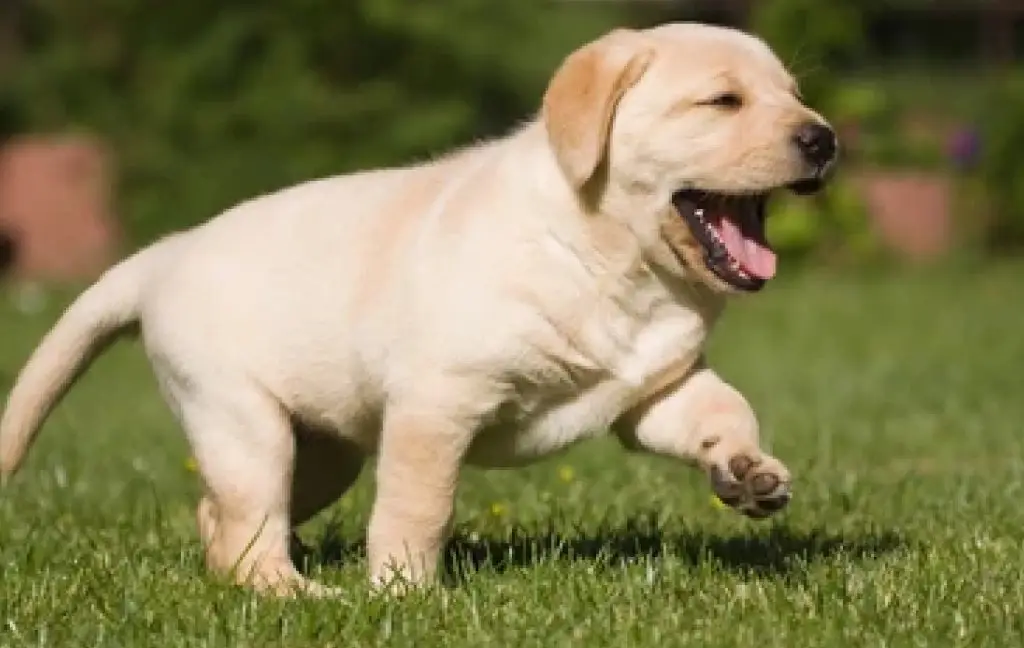
Let’s get real for a moment: extra weight isn’t just a cute, chubby look. It can lead to serious health problems that make your dog uncomfortable and reduce their time with you. The AVMA says obesity can shave years off a dog’s life, and that’s heartbreaking. We want our furry friends to be happy and healthy, right? Here’s what dog obesity can do:
Health Risks
Health Issue | Impact on Dog | Why It Matters |
Joint Pain (Arthritis) | Stiffness, less mobility, pain | It limits playtime and comfort |
Diabetes | High blood sugar, frequent vet care | It shortens life, cost of vet treatment is high |
Heart Disease | Strained heart, breathing issues | It lowers energy, early death risk |
These health issues can affect how your dog feels every day. Extra weight makes running, playing, or even breathing harder. It’s like carrying a heavy load that slows them down. Let’s help our dogs feel light and lively again.
Common Causes of Dog Obesity

How does your dog end up adding weight? It’s not always one factor but a combination of habits and factors that creep up. Knowing why it happens helps you make better choices for your furry friend. Here’s what’s usually behind dog obesity:
- Overfeeding: Those extra treats or table scraps add up fast. Leaving food out all day can also lead to overeating.
- Lack of Exercise: If your dog’s more of a couch potato than a park runner, they are not burning enough calories. Busy schedules or small living spaces can limit their activity.
- Breed Predisposition: Some breeds, like Labradors, Beagles, or Bulldogs, are more prone to weight gain due to genetics or slower metabolisms.
- Medical Issues: Conditions like hypothyroidism or Cushing’s disease can cause weight gain. Always consult your vet.
- Age or Neutering: Older dogs or neutered pups often have slower metabolisms, making it easier to gain weight.
It’s easy to slip into these patterns; we are all guilty of sneaking an extra treat. But understanding the causes of dog obesity is the first step to helping your dog become active and healthy again.
How to Identify If Your Pet Is Overweight
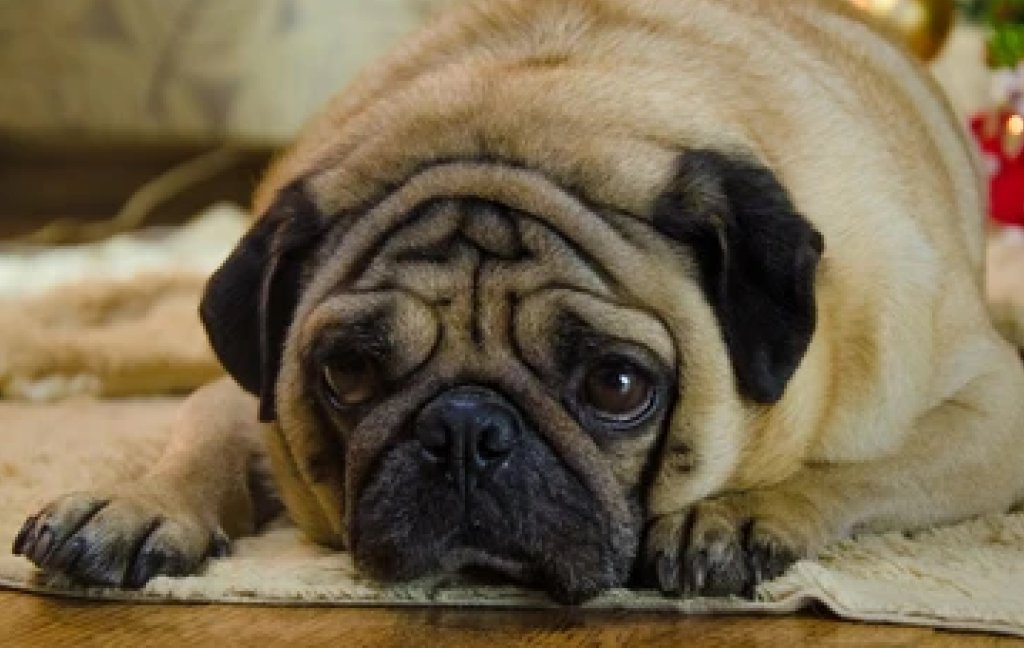
Are you wondering if your dog is carrying a bit too much? It is easy to miss, especially when we love their cuddly rolls. Spotting the signs early can make a huge difference in their health and happiness. Here’s how to check:
Physical Cues
- Rib Check: Run your hands along their sides. Can you feel their ribs without pressing hard? They should feel like the back of your hand. If you’re digging through fat, that’s a sign.
- Waistline Watch: Look from above. Do they have a clear waistline behind their ribs? If they look like a straight sausage, they might be overweight.
- Tummy Tuck: From the side, their belly should tuck up slightly. A sagging or missing tuck means extra weight.
Behavioral Cues
- Panting Problems: Are they huffing after a short walk or light play? Extra weight makes them work harder.
- Slowed-Down Strides: Does your dog lag on walks or need more breaks? Low endurance is a clue to dog obesity.
- Lethargic Lounging: Sleeping more or skipping fetch can be a sign of dog obesity. Less energy can mean the extra weight is dragging them down.
- Stiffness or Struggles: Hesitation when jumping, climbing stairs, or getting up can mean extra weight stressing their joints.
These signs are your dog’s way of saying they need help. If you’re unsure, a quick vet visit can confirm and give you a game plan to fix your dog’s obesity.
Steps to Help Your Obese Dog Get Fit
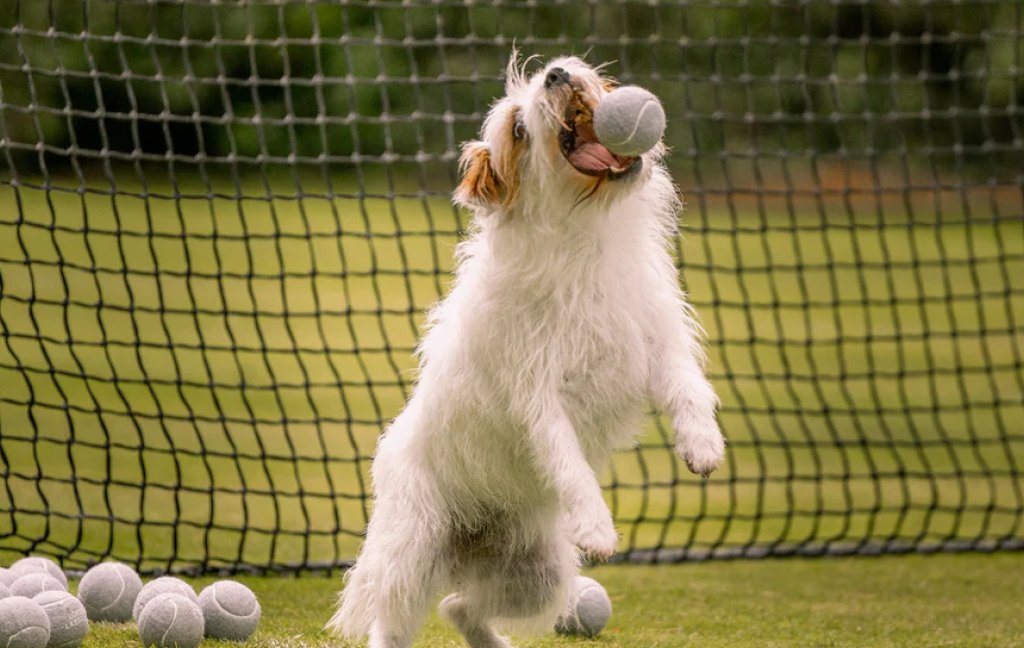
Dietary Changes and Portion Control
Food is the biggest piece of the puzzle in navigating dog obesity. Those pleading eyes make it tough, but here’s how to get it right:
- Ditch Free-Feeding: Eliminate all-day food bowls. Set specific mealtimes to control portions.
- Measure Meals: Use a measuring cup and follow your vet’s advice on portions.
- Choose Weight-Management Food: Pick high-quality, low-calorie dog food with extra fibre to keep them full. Your vet can help suggest the best brands.
- Limit Treats: Keep treats to 10% of daily calories. Swap high-calorie snacks for baby carrots or apple slices.
- Track Everything: Keep a food diary for a week to catch sneaky extras like table scraps. It’s eye-opening.
Increasing Physical Activity
Exercise is your dog’s ticket to burning calories and feeling great. Start slow and make it fun:
- Daily Walks: Aim for 30 minutes of brisk walking daily. Start shorter if they tire quickly.
- Playtime Fun: Fetch, tug-of-war or a laser pointer chase can get their heart pumping. It’s bonding time too!
- Low-Impact Options: For joint issues, try swimming or walking on grass. It’s gentle but effective.
- Keep It Fresh: Add variety with dog park visits or short hikes to keep them excited.
Consulting Your Veterinarian
Before you make any big changes, talk to your vet. They are your partner in getting your dog healthy and active:
- Health Check: Rule out medical issues like hypothyroidism that can cause weight gain.
- Custom Plan: Your vet will set an ideal weight and calorie goal based on your dog’s breed, age, and size.
- Regular Check-Ins: Schedule follow-ups to track progress and adjust as needed.
Preventing Weight Regain
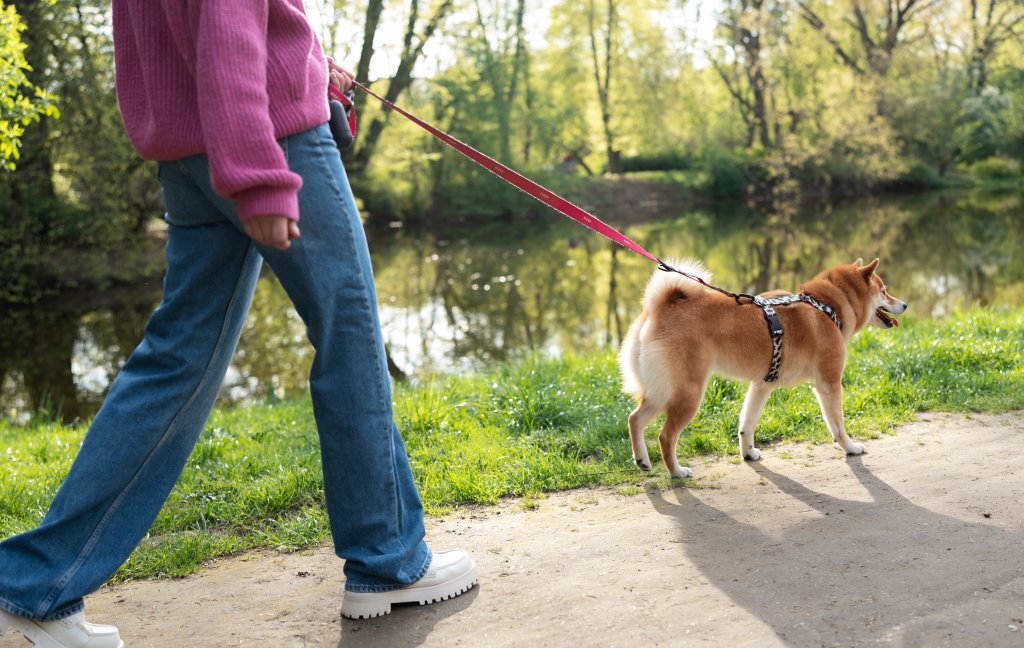
After your dog regains a healthy weight, to avoid dog obesity, it is important to:
- Stick to a Routine: Consistent meal times and portions prevent overfeeding.
- Monitor Treats: Limit to 10% of calories; use low-calorie options or play as rewards.
- Keep Exercise Fun: Daily walks, play, or doggy playdates keep them active.
- Regular Weigh-Ins: Monthly checks catch creeping pounds early.
- Adjust for Life Changes: Tweak diet and exercise as they age, with vet guidance.
Understanding Your Dog’s Nutritional Needs
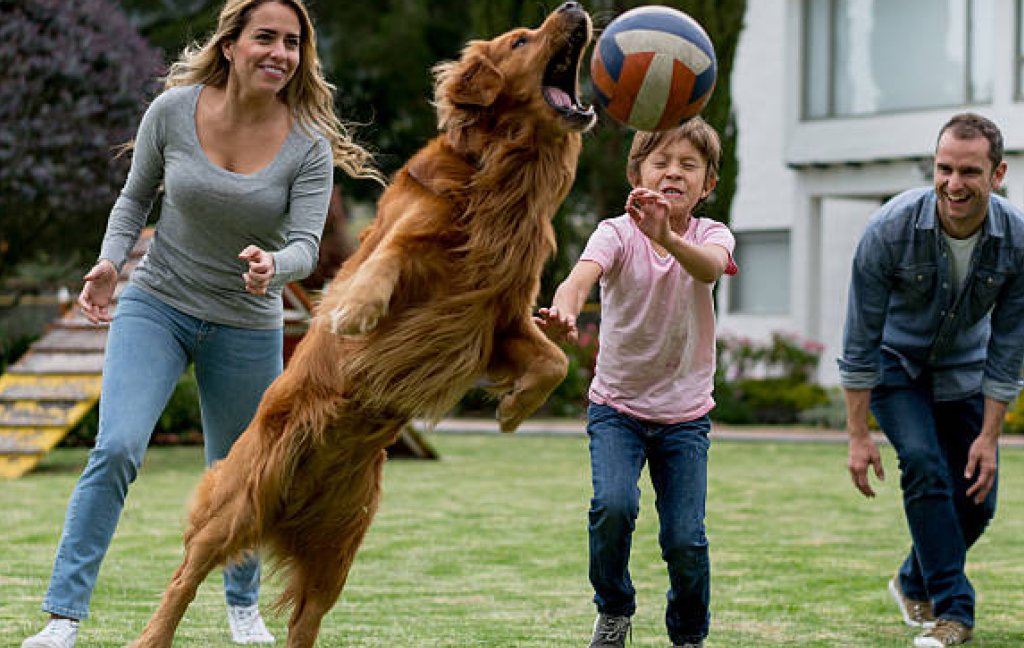
Every dog is unique, and their nutritional needs vary by breed, size, age, and activity level. Tailoring their diet ensures they get the right nutrients without excess calories:
- Breed-Specific Needs: Active breeds like Border Collies need more calories than less active ones like Bulldogs. Research your dog’s breed or ask your vet.
- Age Considerations: Puppies and seniors have different needs. Seniors may need fewer calories due to slower metabolisms.
- Balanced Diet: Ensure their food has the right mix of protein, fats, and carbs. Look for AAFCO-approved labels for balanced nutrition.
- Supplements: Some dogs benefit from joint supplements or omega-3s, especially if obese. Only use vet-recommended ones.
- Hydration: Always provide fresh water, as obesity can strain the kidneys, and hydration supports health.
Understanding these needs helps you choose the right food and portions, setting your dog up for successful weight loss.
Building a Support Network
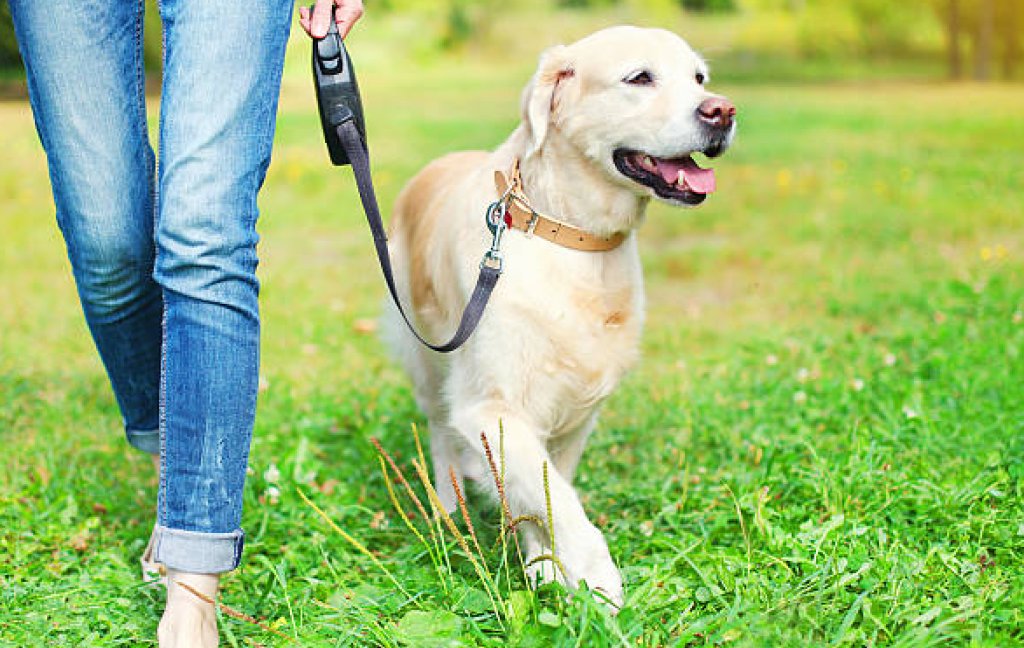
You don’t have to navigate dog obesity all alone. A support network can keep you motivated and provide resources:
- Pet Parent Communities: Join online forums or local dog groups to share tips and success stories.
- Dog Trainers: Professional trainers can design exercise plans tailored to your dog’s needs.
- Veterinary Support: Regular vet visits ensure you’re on track and catch issues early.
- Friends and Family: Enlist loved ones to support your dog’s routine, like joining walks or avoiding extra treats.
- Track Progress Together: Use apps or charts to log weight, diet, and activity with your network for accountability.
A support network makes the journey fun and keeps you committed to your dog’s health.
Conclusion
We’ve covered a lot about dog obesity, from spotting the signs to making real changes. It can feel overwhelming, I know. You love your dog, and the thought of them struggling is tough. But taking action now is the best gift you can give them and yourself. It’s not about being perfect; it’s about progress. Tons of pet parents are in the same phase, and there’s so much support out there. Your dog’s health is worth every effort. Start sma

